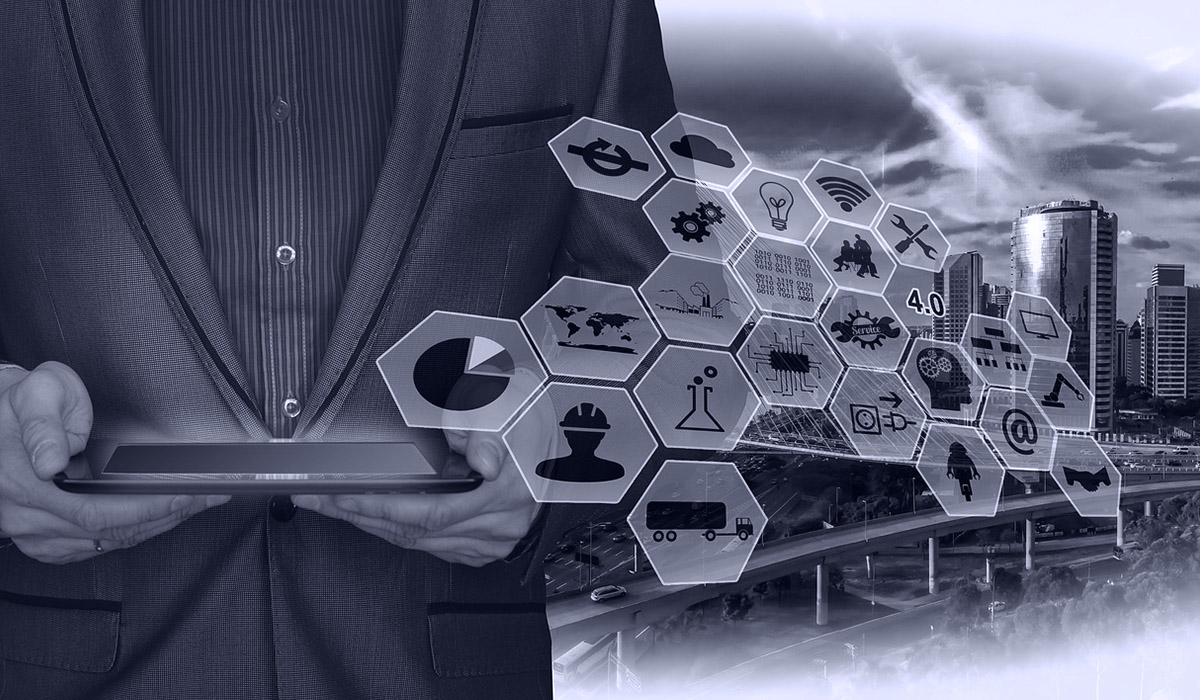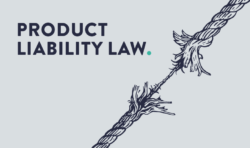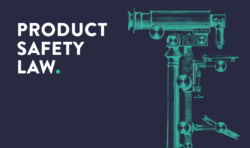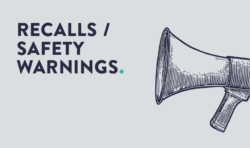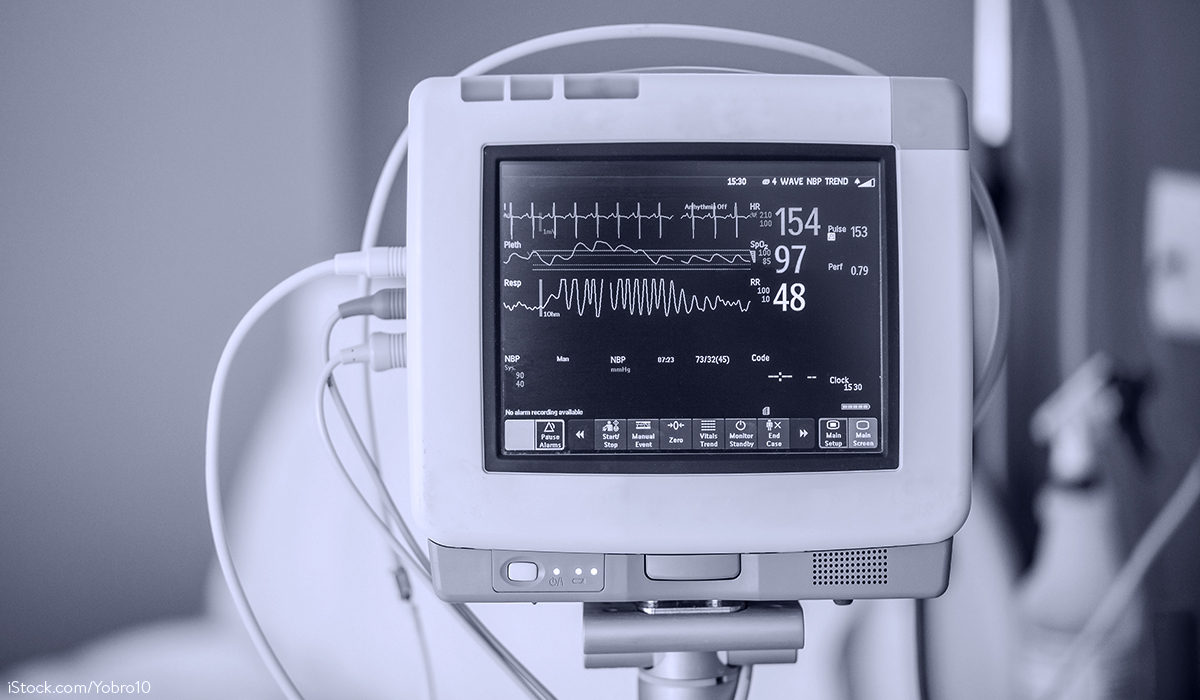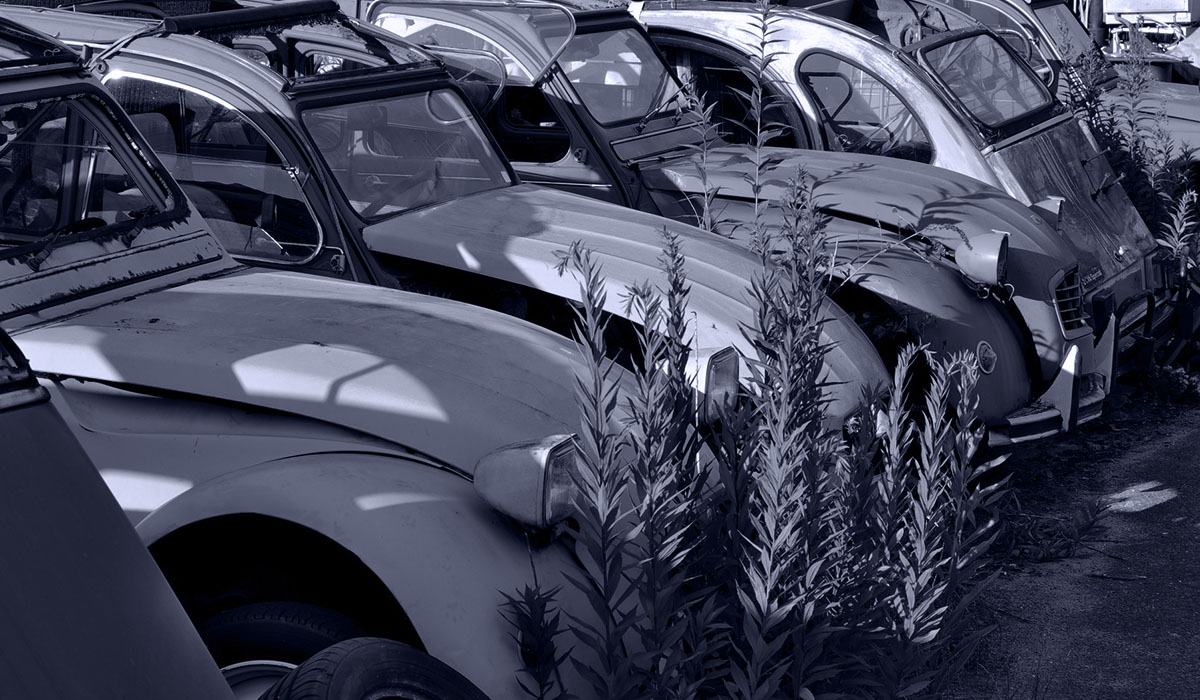Area of application: light sources
Compared to the previous legal situation, the regulations no longer distinguish between luminaires and lamps. Now the regulations operate with the terms “light source” (= lamps) and “surrounding product” (= e.g. luminaires). The Regulations do not apply directly to containing products. Despite the comparatively clear classification, the legal situation has become more complicated, since due to exceptions and re-exceptions the assignment of a product to these categories and thus the recognition of obligations can be difficult in individual cases.
Ecodesign requirements for light sources (Regulation (EU) 2019/2020)
Regulation (EU) 2019/2020 contains ecodesign requirements for light sources and separate control gears. Specifically, the regulation establishes new efficiency requirements and functional requirements that light sources must meet, and sets out a number of information requirements. In addition, the regulation specifies and amends the conformity assessment procedure to be carried out.
Requirements for energy labelling of light sources (Regulation (EU) 2019/2015)
Regulation (EU) 2019/2015 sets out requirements for the labelling of light sources and for the provision of supplementary product information on these light sources. The specifications and requirements are addressed to suppliers (i.e. manufacturers and importers) according to Art. 3 of Regulation (EU) 2019/2015 and to dealers according to Art. 4 of Regulation (EU) 2019/2015. Among other things, the Regulation requires the use of a new energy label that is generated via a product database for energy labelling. Finally, Art. 5 of Regulation (EU) 2019/2015 also refers to hosting platforms on the internet, i.e. sales and online platforms. In particular, the platforms shall allow the display of the label provided by the supplier close to the price.
When applying the regulation, various key dates and transition periods must be observed, which cause uncertainty among suppliers and dealers. While stationary trade, for example, has until 01.03.2023 to switch to the new label, online trade must already use the new label 14 working days after the date of application. In this respect, the transition periods for the sale of models with the old label differ very significantly.
Conclusion In view of the short period of time from the start of applicability, manufacturers, importers, traders and hosting platforms are well advised to deal with the new requirements. If the products do not comply with the requirements and energy-relevant labels and information are missing, there is not only the threat of market surveillance bans and fines, but also competition law measures by competitors.
Do you have any questions about this news, or would you like to discuss the news with the author? Please contact: Dr. Gerhard Wiebe
